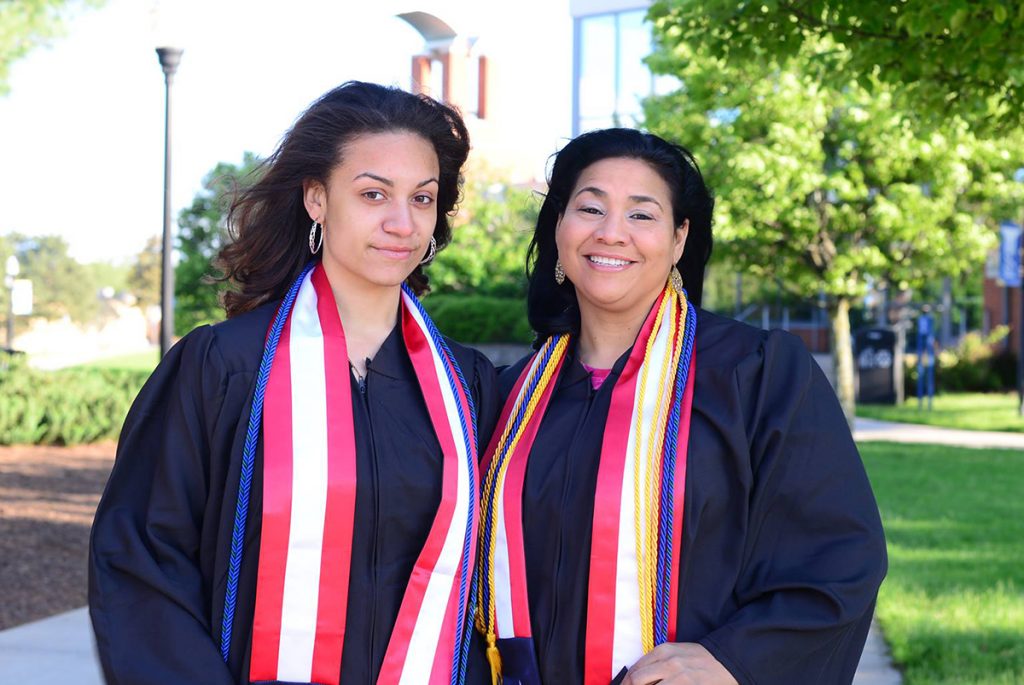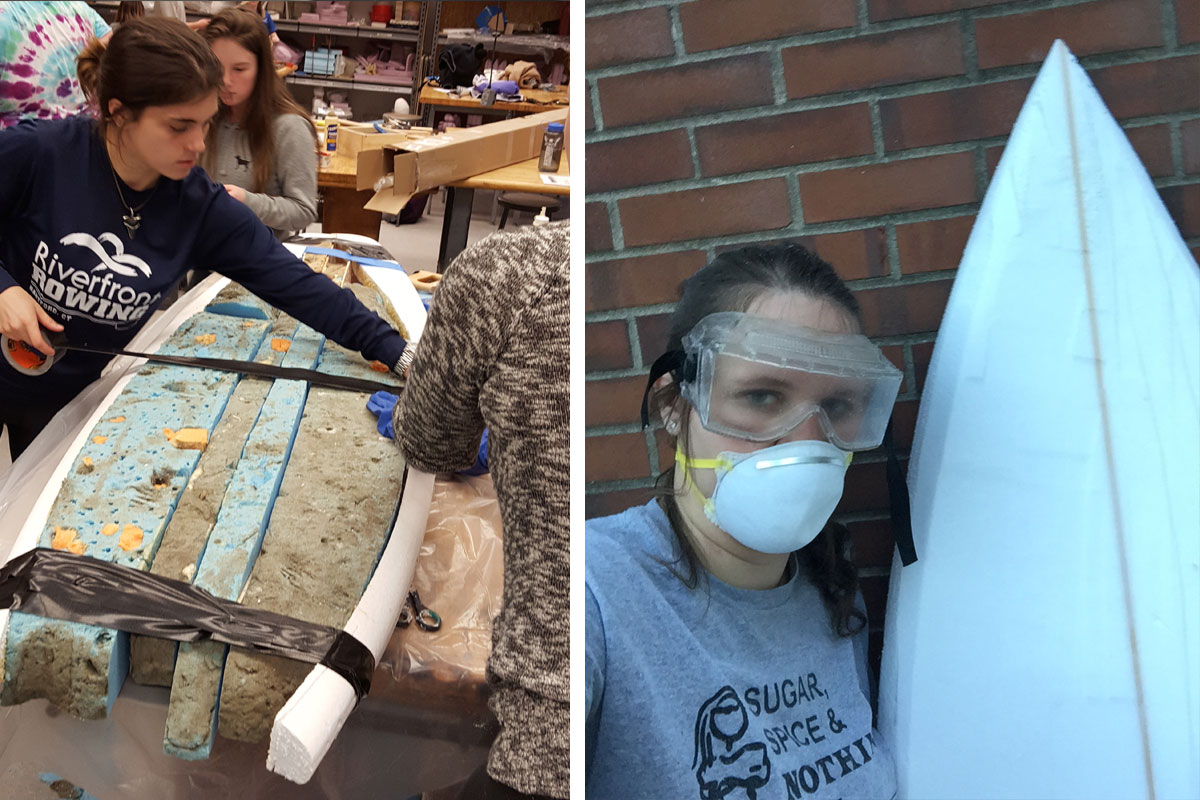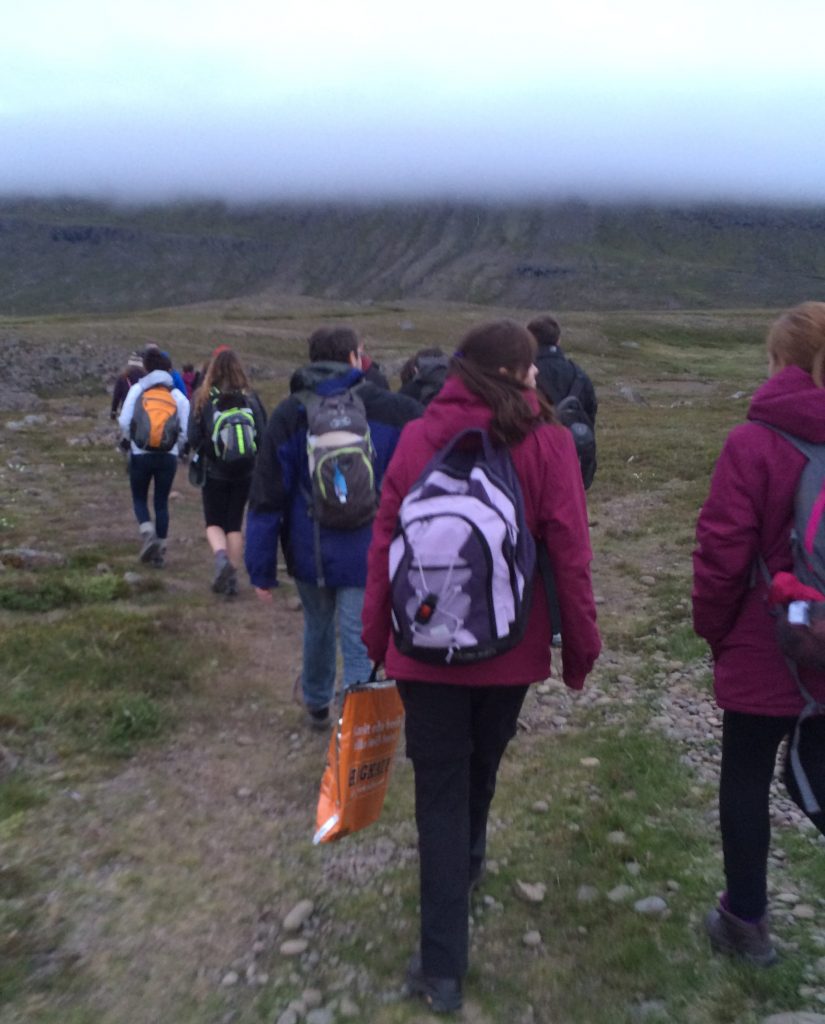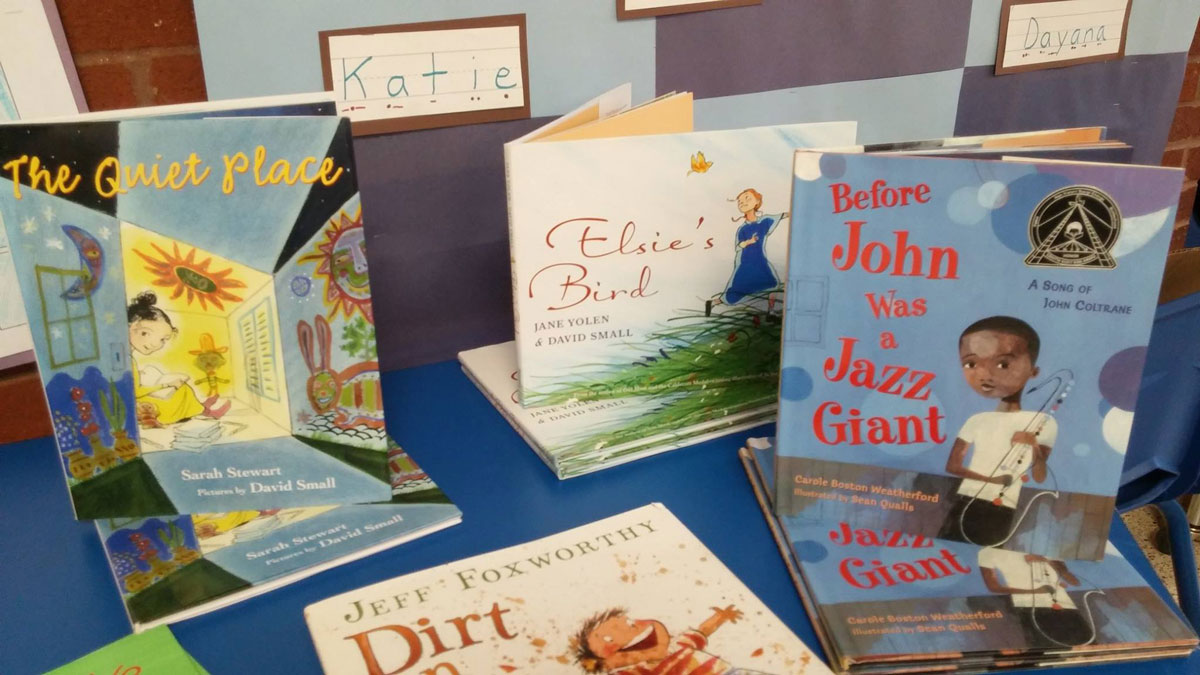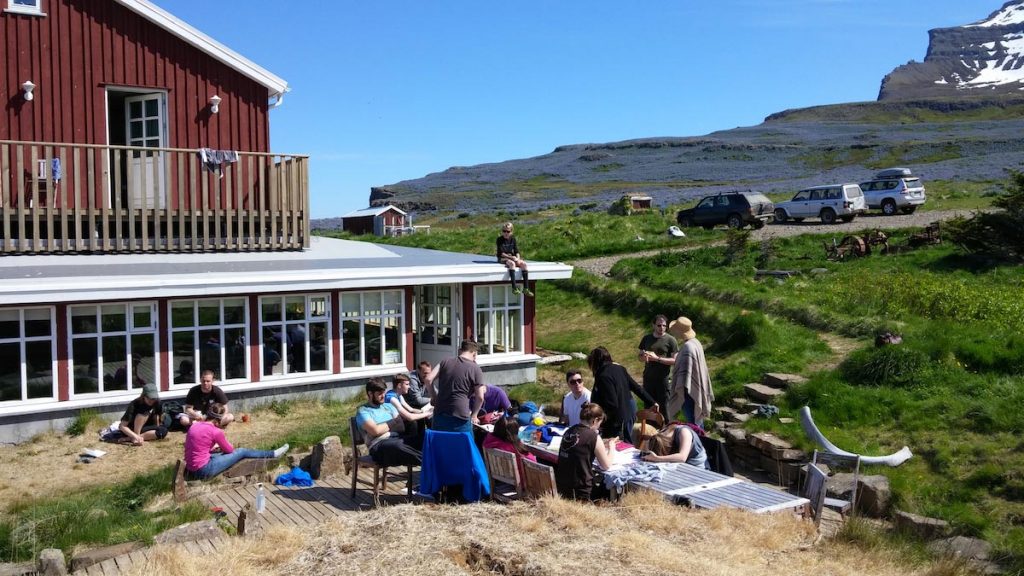Our recent Commencement ceremonies were a wonderful celebration of all that is best about Southern. As I mentioned during my undergraduate address, nothing has given me more pride during my tenure as president than watching our students walk up to the commencement stage to receive their well-earned diplomas.
Indeed, one of many wonderful memories that I will take away from Southern is its profound and lasting ability to help transform our students’ lives – personally, professionally and in terms of civic engagement. And their success says a great deal about the qualities of our university, the efforts of our faculty and staff and the self-sacrifice, determination and sheer hard work of our students.
Every May, there are poignant stories of achievement against the odds to be found among our graduates. But this year seemed to hold a special resonance, with several widely publicized profiles that highlighted the varied paths to success that characterize the members of our student body: from the award-winning students who struggled to get through high school, only to realize their full potential in college, to those who had to put off the goal of a college degree because life simply got in the way. You may read about them and view video, photographs and other stories from a memorable two days at: http://go.southernct.edu/scsu2016/
THANK YOU AND FAREWELL
This will be my final blog before I leave for San Jose State early next month, and as such I would like to thank all of you again for your kind words and many contributions during the last four years.
I particularly appreciated the warm farewell at the May 9 campus reception and the generous thoughts, not only from our own Southern representatives, but a selection of off-campus guests. Their presence speaks to the inroads we have been able to make with the off-campus community in recent years, and this impression has been reinforced in recent weeks, when I have had exit interviews with a number of state and local officials, including Governor Dannel Malloy, Lt. Gov. Nancy Wyman, New Haven Mayor Toni Harp and senior legislators.
Without fail, they have told me that they see Southern as a key player in the advancement of our region and our state. And certainly, despite the ongoing challenges of which we are all aware, I know that we are in a very good place to maintain our upward trajectory and ensure that our university thrives and advances its mission.
We are fortunate to have strong, visionary senior leadership in place – and where we have had to make appointments on an interim basis, our campus leaders have stepped in admirably (my special thanks to Provost Ellen Durnin and School of Business Dean Sam Andoh in this regard).
Furthermore, the leadership in Hartford has stabilized, and CSCU President Mark Ojakian has proven to be a strong and effective leader for our system, with a sensitivity to our needs.
I continue to be inspired by the incredible dedication of our faculty and staff whose commitment to student success is one of the hallmarks of Southern. And our Foundation Board and alumni have provided active support and enthusiastic engagement, not just at campus events, but at gatherings across the country.
Now, with our new Strategic Plan: “Discover Southern: A University for the 21st Century,” we have a blueprint that will carry us forward for the next decade. Led by Mark Rozewski, Executive Vice President for Finance and Administration, and Lisa Lancor, Chair of Department of Computer Science, our implementation team will begin to put the plan into action this fall.
The transformation of our campus will continue, with design plans for the new Health and Human Services Building soon to be developed. During the summer, we plan to issue an RFP for an innovative public-private partnership to redevelop the former Gateway Community College site on Long Wharf.
And plans to build an education laboratory school on campus have been revived, after the city Board of Aldermen this week approved a capital projects budget for the upcoming fiscal year that includes ensuring the funding is available to build the Strong 21st Century Communications Magnet and Lab School at Southern.
We are implementing innovative new academic programs that will meet the demands of Connecticut’s workforce. They include a new professional doctoral program in Social Work, the Business School’s Utilities Management Program and our newly approved major in Biotechnology – the cornerstone of the BioPath partnership with the City of New Haven and its burgeoning bioscience industry.
We continue to extend our reach and build new partnerships internationally, regionally and in our host city of New Haven.
And we are enhancing our undergraduate experiential learning and research opportunities, even as we expand and refine our support services to help ensure that every student’s path to a college degree is unimpeded.
These are all important and necessary steps, as Connecticut’s population will need to reach higher levels of education to meet skilled workforce needs in the foreseeable future.
I am confident that your collective and individual expertise and talents will ensure that the initiatives we have put in place over these last years continue effectively through the forthcoming transition in leadership (presidential search finalists are scheduled to be on campus the week of June 20).
I look forward to keeping informed about Southern’s progress in the months and years ahead – this is a wonderful, supportive and engaged community, and it will always hold a special resonance for me. Thank you all!
GRADUATE STUDIES LEADERSHIP CHANGE
After nine years serving in key leadership roles at Southern, Gregory Paveza has informed me that he will retire on August 1, 2016. On behalf of the campus community, I thank Dean Paveza for his years of devoted service to the University and our students.
With a view to Greg’s pending departure, I am pleased to announce that Christine Broadbridge has agreed to serve as Dean of Graduate Studies in an interim role, effective Aug. 1. Christine is an accomplished academician and administrative leader, currently serving as the founding Director of our Office of STEM Innovation and Leadership, and I am confident she will serve as an effective leader of Graduate Studies upon Greg’s retirement.
After his arrival from the University of South Florida in October 2007, Greg spent seven years leading the School of Health and Human Services (HHS). Never shirking a challenge, he performed admirably in juggling the HHS role with that of Interim Dean of the School of Graduate Studies during 2012-14, a time of transition for both schools. Recently, he also assumed responsibility for management of the expanded Buley Library.
Greg is keenly aware of the need to align our graduate programs with areas of workforce demand and to offer them with an eye to the time constraints of professional, adult learners. During his seven-year tenure leading HHS, for example, he was a key player in the development of our Ed.D. in Nursing Education and cohort MSW program, using a combination of hybrid classes and weekend education.
Greg also worked to strengthen graduate admissions and played pivotal roles in university-wide initiatives. These included co-chairing the Graduate Program Prioritization Task Force, which produced recommendations to strengthen our graduate offerings, and serving as a member of the 2015-25 Strategic Planning Committee.
With his experience, versatility and vision, Greg has been a wonderful asset in his many leadership roles at Southern, and we will all miss him as he enters this new phase of his life. Please join me in congratulating Greg and wishing him a happy and productive retirement.
Until a national search to fill the Graduate Studies deanship is completed, I know that Christine Broadbridge will be an excellent appointment in an interim leadership capacity. Christine joined our Physics Department faculty in 2000 and served as Physics Chairperson from September 2008 – January 2015. During this time, the department established a Professional Science Master’s Degree in Applied Physics and a Concentration in Engineering.
Christine is the founding Director of the Connecticut State Colleges and Universities Center for Nanotechnology. She has served as principal investigator or co-principal investigator on five National Science Foundation (NSF) projects and a researcher on a dozen others, including grants from NASA, Brookhaven National Laboratory, and the U.S. Department of Energy.
She helped establish, and is currently education director and senior researcher for the Center for Research on Interface Structures and Phenomena (CRISP). This center of research excellence, based at Yale and Southern, was established in 2005 with a NSF grant of $7.5 million and renewed in 2011 with a grant of $13 million.
Recently, Christine has played a pivotal role in the development of our BioPath partnership with the City of New Haven and its burgeoning biotechnology industry.
I am very pleased that she has accepted my invitation to assume this important deanship on an interim basis, and I ask you to offer her your full support during this transitional period.
We also will use this time to implement an organizational change designed to strengthen and support our enrollment efforts in the graduate studies arena. During the coming weeks, the operational enrollment management functions currently located within the School of Graduate Studies, including the admissions process, will be moved to the Enrollment Management division under the leadership of AVP for Enrollment Management, Terricita Sass.
This move will allow our graduate programs to benefit more fully from a holistic approach to enrollment strategy and thereby achieve each program’s full enrollment potential. Christine and Terricita will work closely together and engage our graduate faculty leadership in all aspects of this important process.
ENROLLMENT UPDATE
Our enrollment outlook in several key areas continues to be positive. Terricita reports that new freshmen, transfers and graduate students are all trending ahead of last year, but additional work is required to ensure that goals are met.
A critical part of making sure that our new students feel welcome and continue to pursue their education at Southern is our series of Orientation sessions, which began this week. I know that a great deal of preparation has gone into ensuring that these sessions are fun-filled, informative, helpful and full of Southern spirit! Thanks to Vice President Tracy Tyree and her student affairs staff, along with colleagues from academic affairs, enrollment management and a host of others who have given their time to ensuring the success of this important program, which builds excitement for the new academic year.
In other enrollment-related news, training and preparation for the fall rollouts of SSC Campus (the enhanced version of the Education Advisory Board Student Success Collaborative that we introduced in 2013) and DegreeWorks® have begun, as part of the Advising Renewal and Revitalization project. During the summer, faculty, staff and external partners will be working to expand advising capabilities and introduce new tools to support their efforts and student retention.
The university welcomed more than 1,000 students in grades 5 through 9 from across the state to the annual College Knowledge early college awareness event in May, sponsored by Admissions. Terricita reports that these budding scholars had an early on-campus fun experience to start them thinking about their academic futures:
“Their day included being led around campus by current Southern students and staff. Our young visitors learned about living a residence hall, healthy living and good study habits, and they really enjoyed having lunch in Connecticut Hall. We hope they will keep Southern in mind when they start their own college planning in just a few years.”
I would echo that comment, as these and similar events are excellent exposure to our campus and our community. Kudos to all who helped plan and deliver these important programs.
GLOBAL CONTEST FOR SCIENCE STUDENTS
A wonderful opportunity has been presented to a group of 10 science students this fall when they will present their findings about faster detection methods for tuberculosis at the annual International Genetically Engineered Machine competition in Boston, Oct. 27-31.
Southern’s will be one of 300 teams worldwide to demonstrate their synthetic biology skills. They will be competing against other institutions for awards in various categories, as well as working to attain a medal for meeting certain standards.
The competition includes a community outreach component, which for Southern will take the form of professional development workshops using “Building with Biology” kits for middle and high school teachers from urban school districts in New Haven, Bridgeport and Waterbury.
Congratulations to Associate Professor of Biology Nick Edgington and his students, who are one of just a handful of teams from Connecticut to take part in this prestigious competition. Their participation also spotlights our bioscience programs, which form the core of Southern’s new BioPath partnership with the City of New Haven and its burgeoning biotechnology industry.
In another notable science-related event, 25 students will have a novel opportunity to learn about smart data discovery, hailed as a revolutionary approach to analytics, through a Watson Analytics Hands-On Workshop on campus later this month. Watson Analytics is the natural language analytic software that IBM developed after its Watson supercomputer beat human contestants in in Jeopardy, reports Michael Ben-Avie, Director of the Office of Assessment and Planning, who helped to bring the workshop to campus.
Michael and his staff have been using Watson Analytics to zero in on factors that influence student performance and retention:
“IBM Watson Analytics was a revelation for us: enabling us to explore and visualize data in minutes rather than the weeks it took to prepare, build and refine predictive models in the past,” he says. “With our new cognitive analytics approach, our team can be what we call the ‘anecdote busters,’ presenting solid evidence extracted from years of student data to inform decision-making.”
The June 28-29 boot camp, being held at the School of Business, will focus on how to analyze “big data,” the experience of working with analytic software, and working as a data scientist in corporations, labs, and other workplaces. Participants will earn an IBM Certificate of Achievement.
TRANS-ATLANTIC CONNECTION
Our partnership with Liverpool John Moores University continues to expand and mature, with regular faculty research exchanges both through videoconference and in person and a growing number of students studying abroad at the respective campuses.
During this week and next, a party of 16 LJMU students and two faculty advisers are visiting Southern for an immersion program that includes cultural experiences, classroom lectures, and visits to area tourist and historical sites.
One of the group leaders, Andrew McMillan, a senior lecturer in creative writing, is an award-winning poet. He will read from his debut collection, “physical,” today (Thursday, June 9) at 7 p.m. at Lyric Hall, 827 Whalley Ave.
The first poetry collection to win The Guardian’s First Book Award, “physical” also won the Fenton Aldeburgh First Collection Prize, was shortlisted for the Dylan Thomas Prize, the Costa Poetry Award, the Forward Prize for Best First Collection and the Roehampton Poetry Prize. It was recently included on a list of @PenguinUKBooks Pride reading for the Penguin Pride campaign, celebrating LGBTQ authors past, present and future.
The reading is sponsored by our Office of International Education and the SCSU MFA Program.
RECOGNIZED FOR GREENING
Southern’s sustainability efforts continue to receive recognition at state and national levels.
Last month, the Hartford Business Journal and the state Department of Energy and Environmental Protection (DEEP) presented the university with a Green Circle Sustainability Award. These awards recognize institutions that take a coordinated and holistic approach to reducing their environmental impact and resource demands of their operations and activities.
Suzanne Huminski, sustainability coordinator, reports that Southern’s award was based on its campus-wide sustainability efforts, with the focus on Sustainability Office student interns’ leadership on many projects.
Out of 68 finalists, 15 winners were chosen and were recognized at an event in Hartford on May 23. The Hartford Business Journal will feature the award honorees in its upcoming green guide, to be published in August.
We also have received notable media coverage in recent weeks for our participation in the Energize CT Higher Education Fellowship Initiative last fall. In conjunction with the Business Sustainability Challenge, Southern, United Illuminating, and Celtic Energy Consulting piloted the program, with four of our students being selected for the fellowship.
The program goals included updating our climate action plan and conducting a feasibility study for on-site solar panel installation. It provided an opportunity for the students to be directly involved in every aspect of planning, data collection, analysis and reporting.
The information they gathered allowed us to post a request for proposal for a photovoltaic solar installation project. This potentially will include installing ground-mounted panels and rooftop panels on a campus parking garage, along with a canopy installation in a separate campus lot.
READING PROGRAM ACCREDITED
The International Dyslexia Association (IDA) announced last month that Southern‘s M.S. in Reading was one of nine university programs in the U.S. receiving accreditation from IDA and its affiliate, the Center for Effective Reading Instruction (CERI).
Southern met the standards outlined in IDA’s Knowledge and Practice Standards for Teachers of Reading, which provide a framework for course content in university and other teacher preparation programs.
The IDA Standards emphasize the need for teachers to be more deeply prepared in the structure of language, including the speech sound system, the writing system, the structure of sentences, the meaningful parts of words, meaning relationships among words and their referents, and the organization of spoken and written discourse.
Louise Spear-Swerling, Vice President of the CERI Board of Directors and Area Coordinator for the Graduate Program in Learning Disabilities here at Southern, said: “We are delighted to see this third group of teacher preparation programs meet the rigorous requirements for IDA accreditation, as well as to see increasing numbers of programs demonstrating an interest in seeking IDA accreditation.
“Effective teachers can make an enormous difference in children’s literacy outcomes,” Louise added. “These programs are providing the kind of thorough, evidence-based preparation that is needed for educators to teach reading and writing very successfully to diverse groups of students, including those with dyslexia and other reading difficulties.”
Congratulations to all affiliated with this excellent program.
SUMMER ACTIVITIES
With Orientation sessions, Summer Session classes and a host of special events, our campus remains a vibrant community during the summer months.
We are particularly excited to welcome 120 first-year students to the Summer Enrichment Academy from July 5 to Aug. 12. The academy is a partnership among Student Affairs, Academic Affairs and Enrollment Management and is a result of the integration and expansion of the former Southern Educational Opportunity and Southern Challenge programs.
Christopher Catching, Assistant Vice President for Student Affairs, reports that students will have the opportunity to take courses and develop relationships with their classmates, faculty and administrators that will help them be successful at Southern. These students currently are conditionally admitted in credit and non-credit courses, and when they complete the summer program, they will matriculate as first-year students in the fall.
This weekend, we continue our long and fruitful association with Connecticut Special Olympics, hosting the Summer Games as we have annually since 1999.
Connecticut Special Olympics is now woven into the fabric of our campus. Over the years, a number of volunteers and unified partners have gone on to enroll at Southern due to their experiences at the Summer Games. In addition, our University Police and student organizations annually combine to host a Jail ‘N’ Bail event that has raised thousands of dollars to support Connecticut Special Olympics and its programs.
Our strong connection is a natural one. As a public university, Southern is also committed to the advancement of diversity and accessibility. Our population of students with disabilities is one of the largest of any university in Connecticut, and over the last decade we have invested a great deal to make sure our campus is fully accessible.
We take pride in being able to offer the very best in facilities to the athletes and spectators who will visit us for these summer games. And we also provide a warm welcome to our Special Olympics guests through the many Southern students, staff and faculty who volunteer to serve as results recorders, timekeepers, line judges, athlete escorts, and in various other roles.
Finally, you may recall from a recent blog that there were scores of entries in the competition to name the new Starbuck’s Café on the main floor of Buley Library. The winner was, appropriately, “The Owl’s Perch,” and the cafe is open Monday through Friday, from 8 a.m. to 2:30 pm. The Owl’s Perch will be open all summer while the Bagel Wagon undergoes renovation.
I hope you have the opportunity to take some well-earned vacation time this summer and rejuvenate for what promises to be an interesting and exciting fall semester!
As I prepare to leave the university and begin the next phase of my new professional journey, I extend my best wishes to all of you for continued success and fulfilment in your careers and health and happiness in your personal lives. It has been a pleasure to work with all of you, and I know that Southern remains in good hands and will continue to prosper!

